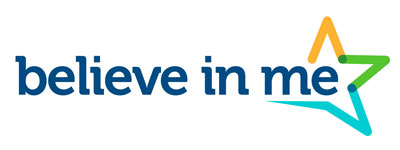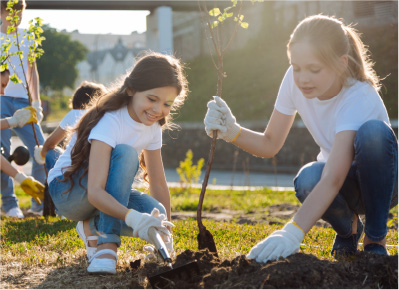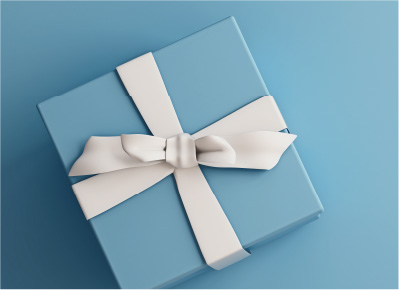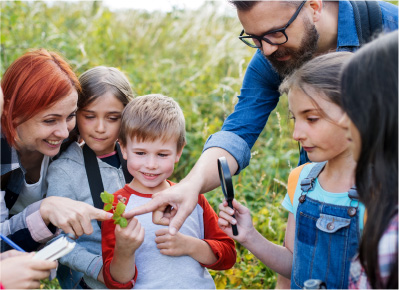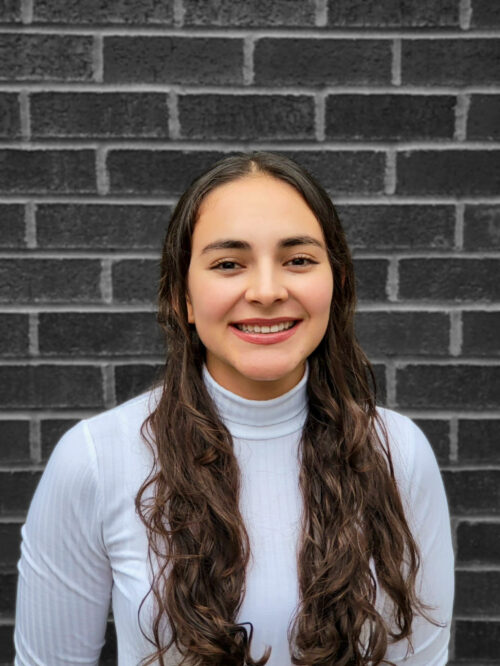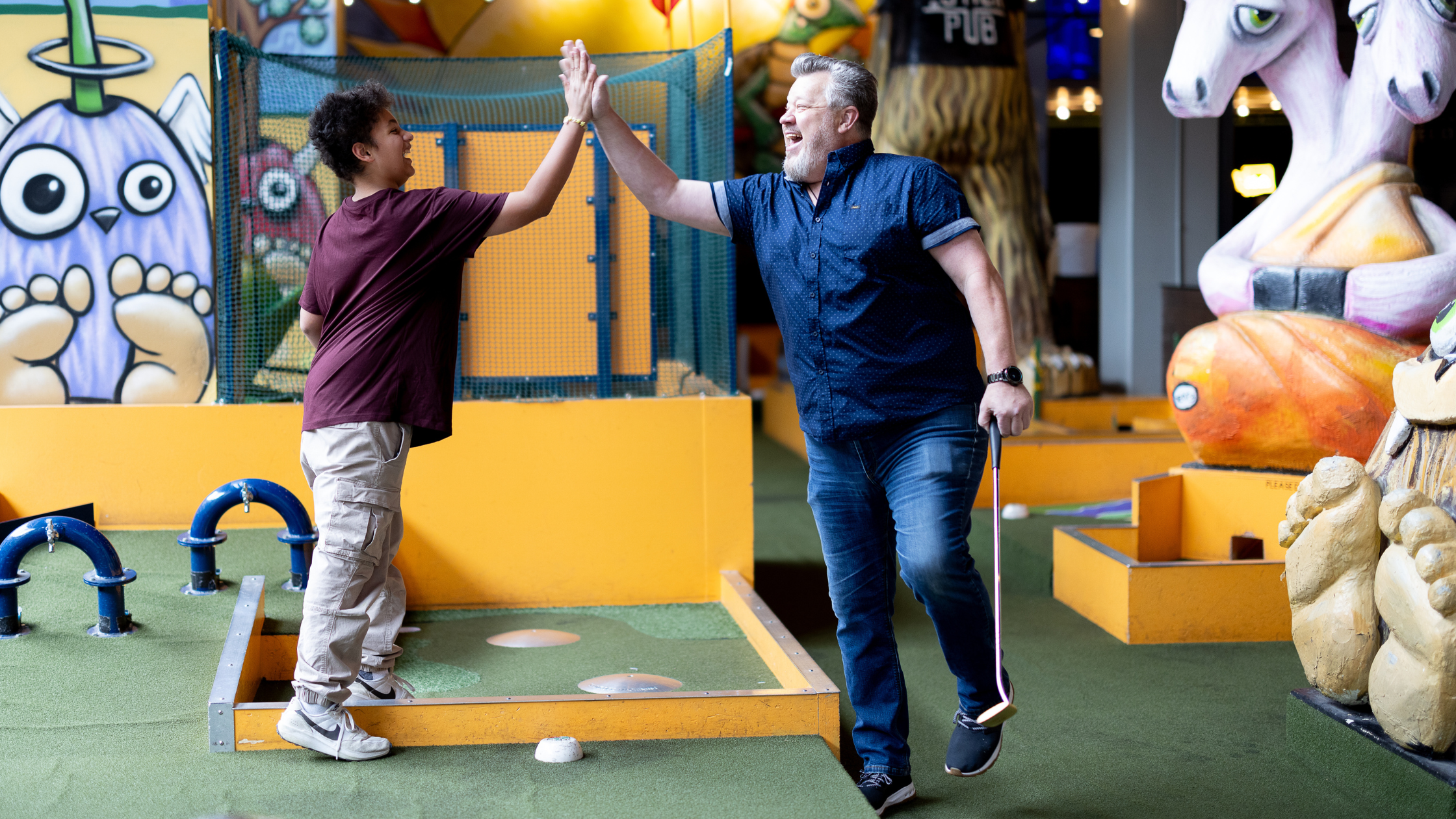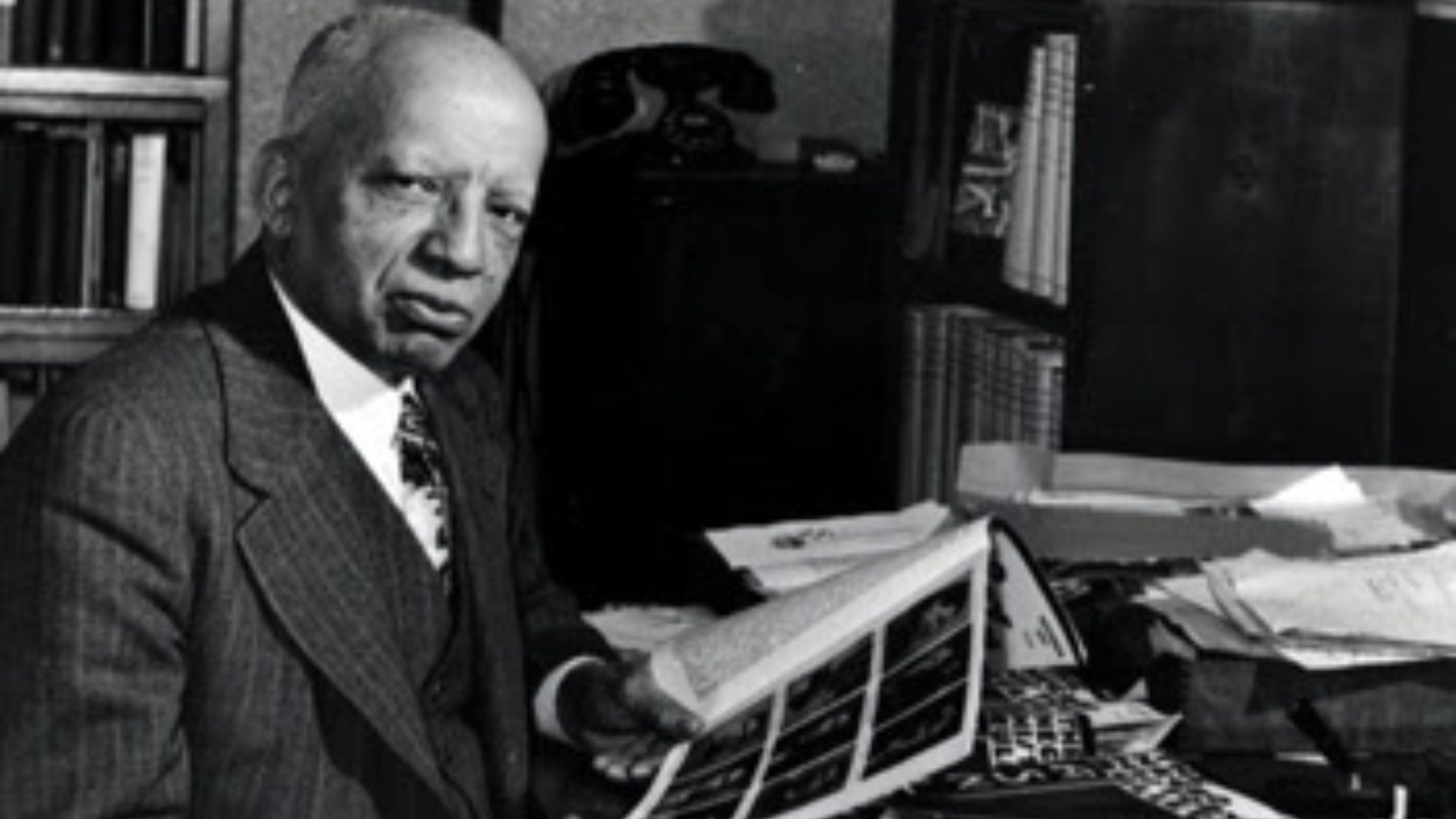November is Native American Heritage Month, a special time when we honor the history and culture of Native American people. In this blog, we are going to explore some of their many contributions and recognize their heritage and the history that makes them the original inhabitants of the United States.
There Are More Than 573 Tribal Entities in the United States
Before going further, let’s start by recognizing their diversity. We can’t generalize Native Americans as one culture; because their cultures, traditions, and even language can be completely different in each tribe. In fact, there are more than 573 separate tribal entities in the United States, and approximately 175 indigenous languages remain today.
The ten more populous tribes include Cherokee in Oklahoma (819,000+), Navajo in Utah, Arizona, and New Mexico (332,000+), Choctaw in Mississippi (195,000+), Chippewa in Minnesota (170,000+), Sioux in South Dakota and North Dakota (170,000+), Apache in Texas, New Mexico and Arizona (111,000+), Blackfeet in Montana (105,000+), Creek in Georgia (88,000+), Iroquois in Ohio (81,000+) and Lumbee in North Carolina (73,000+).
More specifically in Washington State, we also want to name and recognize 29 federally recognized tribes that have had a long history and contribution until present-day: Chehalis, Colville, Cowlitz, Hoh, Jamestown S’Klallam, Kalispel, Lower Elwha Klallam, Lummi, Makah, Muckleshoot, Nisqually, Nooksack, Port Gamble S’Klallam, Puyallup, Quileute, Quinault, Samish, Sauk-Suiattle, Shoalwater Bay, Skokomish, Snoqualmie, Spokane, Squaxin Island, Stillaguamish, Suquamish, Swinomish, Tulalip, Upper Skagit, and Yakama. ALA would also like to recognize Duwamish, Wanapum, and Chinook.
Native American Contributions in Our Modern World
Despite their cultural and linguistic diversity, many things unite Native Americans. One of these is a shared history and culture that has made them some of the most important contributors to the United States.
Food
Native Americans were the first people to cultivate squash, sunflower, marshelder, and chenopod. In addition, they developed the irrigation system used today in many parts of the country. As well, as cooking methods, including smoking, drying, and fermenting.
Medicine
They also have significant contributions to the field of medicine. For instance, they have used plant-based remedies to treat various illnesses and injuries for centuries. Some of the medical treatments that we use today were developed by Native American healers. For example,
the Shoshone and Navajo tribes used stoneseed as an oral contraceptive, and the wildflower used by various tribes in Northeastern America used goldthread as a mouthwash and a treatment for oral pain.
Art and Crafts
Native American art is characterized by its use of natural materials, bright colors, and intricate designs. Art is an important part of their culture, used for storytelling, decoration, and as a form of expression. Native American art includes pottery, paintings, jewelry, basketry, carving, and weaving. Some famous Native American artists include:
–Pueblo painter Pablita Velarde
–Cherokee painter and sculptor Jeffrey Gibson
Music and Dance
Music and dance are important parts of Native American culture, used for storytelling, celebrations, and as a form of expression. Native American music includes a wide variety of styles and instruments, including drums, flutes, and rattles.
Sports
Native Americans have a long history of playing sports, including lacrosse, stickball, and basketball. Some athletes have excelled in various sports, including Jim Thorpe (Olympic gold medalist in classic pentathlon and the other in decathlon), Billy Mills (Olympic Gold Medal on 10,000-meter run), and Jesse “Cab” Renick (Olympic gold medal in basketball).
A History Of Power, Strength, and Fight
Looking back in time, it has become apparent that there’s not a single date when the first Native Americans made arrived on the Northern continent. The Bering Land Bridge has been the longstanding theory, confirming that the first inhabitants of the Pacific Northwest were Native Americans who crossed a land bridge linking North America and Northeastern Asia almost 11,500 years ago.
Other research shows that some populations reached the continent through the Atlantic using boats, arriving in both modern-day Maryland and Virginia. Perhaps, as some Navajo people believed, the migration from Asia to North America never happened. In Nikki Cooley‘s (Navajo River Guide) words, “her people came from the ground”.
Around 8700 BC, there is proof that some of the tribes who were nomadic or semi-nomadic hunter-gatherers, built large urban complexes and engaged in agricultural pursuits and trade.
However, after the colonial North American era, there was another transformation. This era included the European colonizations, including the Spanish, Dutch, French, and English; the Revolutionary War, and others. These events not only transformed the territories but also brought illness and death, diminishing Native American population size and territory by the end of the 19th century.
Understanding the Effects of US History on Native American Kids
The history of the United States has greatly impacted the Native American population, and not always for the better. Native Americans have been subjected to violence, oppression, and marginalization for centuries. This has often been done in the name of progress and Manifest Destiny. As a result, Native American children have faced many challenges throughout history.
On the darker side of US history, Native American children were often forcibly removed from their homes and placed in boarding schools. In these schools, they were subjected to abuse and pushed to assimilate into white culture. Native American children were also often used as slaves, forced to work on plantations, in mines, and as domestic servants. Even more heartbreaking, Native American children were often taken from their families and placed in orphanages where they were often abused and neglected. This part of our history has led to many challenges for the Native American youth of today.
As a result of generations of oppression, Native American children continue to be marginalized today. Here are some of the sad realities these kids face:
- Live in poverty. They may not have access to necessities like food, shelter, and clothing.
- Not access to quality education. They may attend underfunded schools that do not have the resources they need to succeed, leading to illiteracy and joblessness.
- Discrimination. They may be treated differently than other children simply because of their heritage.
One way we can help native American children is by providing them with opportunities and resources they may not have otherwise. This could include access to quality education, after-school programs, and extracurricular activities. We can also work to raise awareness about the challenges that native American children face and celebrate their resiliency and cultural uniqueness.
Native American Month Is a Time To Celebrate The Resilience of Their People
Today, there are nearly 6.79 million Native Americans. They represent the resilience of many strong individuals and tribes that have not only survived but have maintained efforts of revitalizing their language and culture.
Their diversity, strength, and many other contributions make learning more about the Native American people so important. This month, we invite you to take the time to keep learning about the different tribes and their unique traditions. And most importantly, take the time to listen to their stories and support those who help them preserve their traditions as part of the United States’ treasures. There is a multitude of opportunities in each of our communities to celebrate the rich and diverse cultures, traditions, and histories and to acknowledge the important contributions of Native people. You can begin with on-line events listed at https://nativeamericanheritagemonth.gov/ or by going to a community calendar and searching for Native American celebrations being hosted in November. By working together, we can make a difference in the lives of Native American children in our community.
